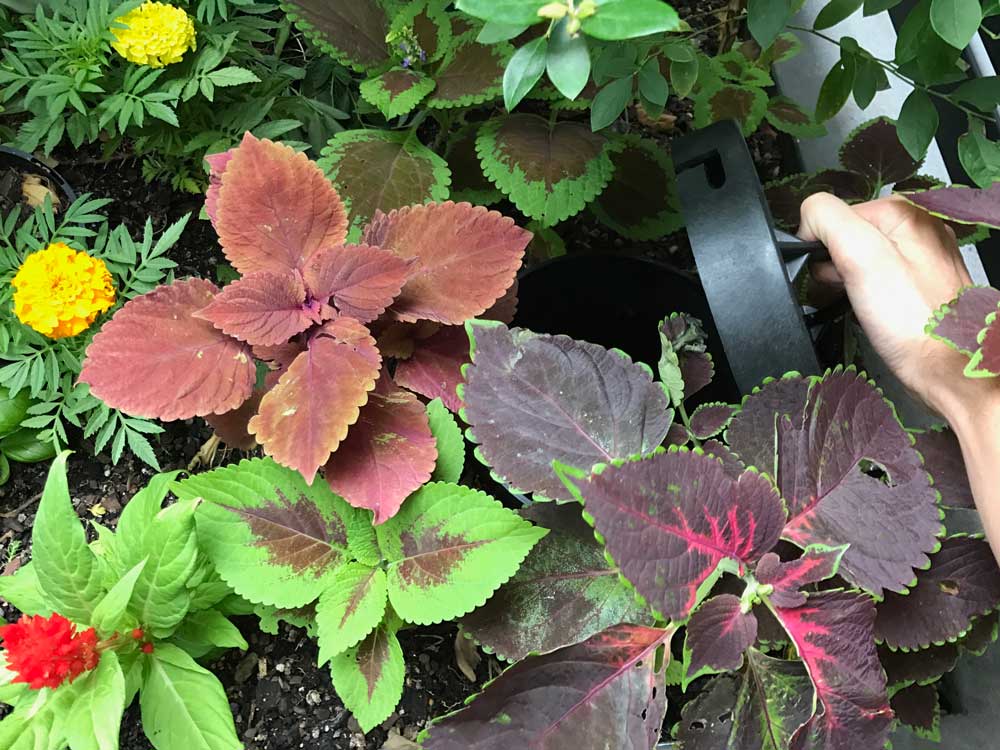
Sponsored Article
Worms are nature’s great recyclers, digesting organic matter and converting it into rich compost that promotes healthy plant growth.
Setting up a worm farm at home makes it easy to harness the power of these creatures to improve your garden, while at the same time providing an environmentally friendly way to dispose of kitchen scraps, keeping them out of landfill and reducing your carbon footprint.
If you don’t have the space for a multi-tiered worm farm in your backyard, then an in-ground worm feeding station could be the ideal solution.
Worm Feast from Tumbleweed is a worm farm that’s designed to be embedded in the soil in your garden, allowing you to dispose of kitchen scraps directly into the soil.
The system consists of a plastic chamber partially buried in the garden bed, with a discreet vermin-proof lid just above the surface of the soil.
The worms that occur naturally in your garden will be attracted to Worm Feast, working their way through the holes in the side and the open base to consume the vegetable waste inside.
You can also add composting worms, which digest kitchen scraps quicker than eartworms to create natural organic fertiliser.
As the worms digest the organic matter and move through the soil, they leave behind vermicast, a rich compost packed with nutrients that plants then absorb directly through their roots.
All types of plants including flowers, herbs and vegetables will benefit from these added nutrients, bursting forth with lush growth.
How to set up Worm Feast
Assembling and installing Worm Feast in your garden is simple and easy, and within minutes you’ll be ready to start composting directing in your garden.
Step 1. Assemble the worm farm
Putting Worm Feast together is simply a matter of connecting the three sides of the station together. They click together with three lugs and receptor holes on each side to form a cone-shaped chamber. Put the lid on and turn it to lock it in position.
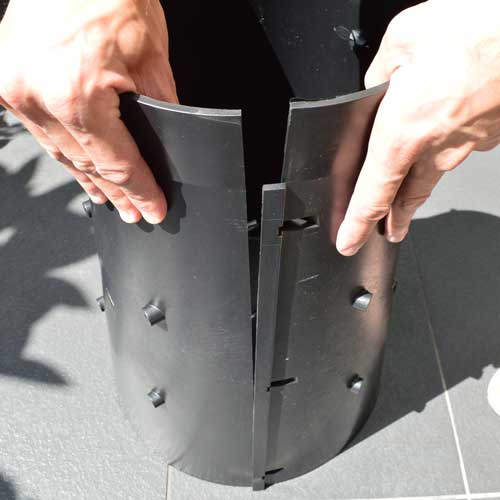
Step 2. Dig the hole
Select a location in your garden where Worm Feast will be installed. We’ve chosen a neglected corner of this raised garden bed, which will be re-planted once the feeding station is installed.
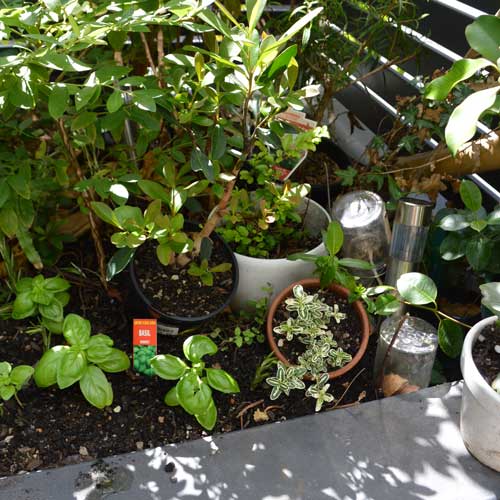
Dig the hole about 40cm deep and slightly wider than the base of the chamber. To make it easier to dig the hole, moisten the soil with a hose or watering can.
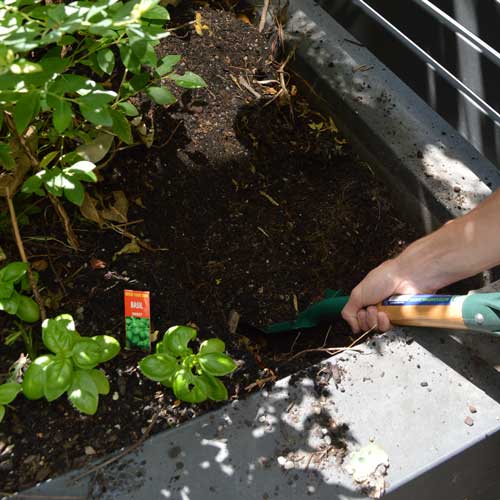
Step 3. Install the station
Hold the worm farm by the handle on the lid and position it in the hole. Check the depth to ensure that the top is 50mm above the surface of the soil, making sure it’s level. Gently backfill with soil around the chamber. You don’t need to pack the soil down tightly, just press it down gently with your hands.
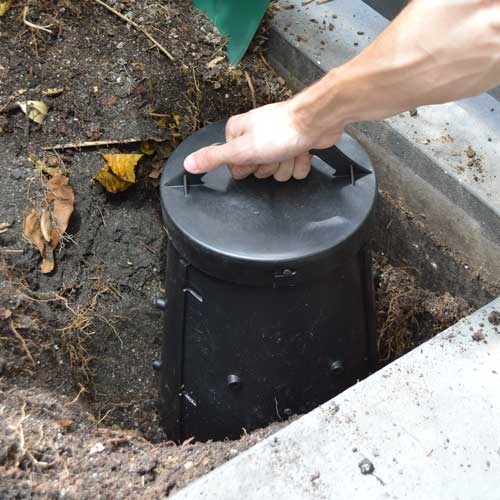
We’ve taken the opportunity to replant this area of the garden bed with vibrant leafy plants. The foliage conceals the lid of the Worm Feast while still making it easy to access.
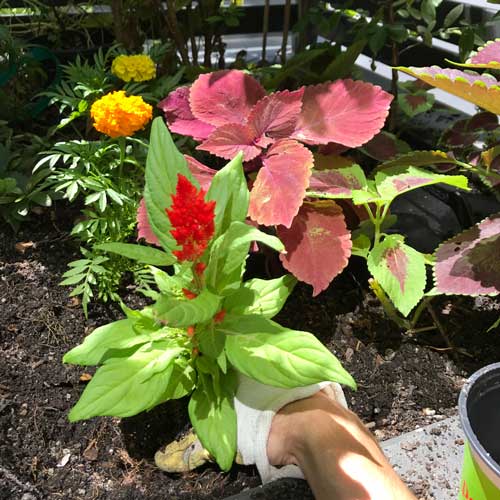
Step 4. Feed the worms
Earthworms in your garden bed will be attracted to the vegetable scraps in the chamber, but for the best results, you can add composting worms. These types of worms eat much faster than earthworms, making them ideal for quickly recycling organic matter.
If adding composting worms, add a 60mm layer of bedding such as hydrated coir or moist shredded cardboard, then gently place the worms on top. Leave the worms to settle for at least a day before feeding.
When feeding the worms, start with a handful of scraps each day, checking that the worms have nearly digested their meal before adding any more. As the worms multiply and eat more, you can add more food scraps.
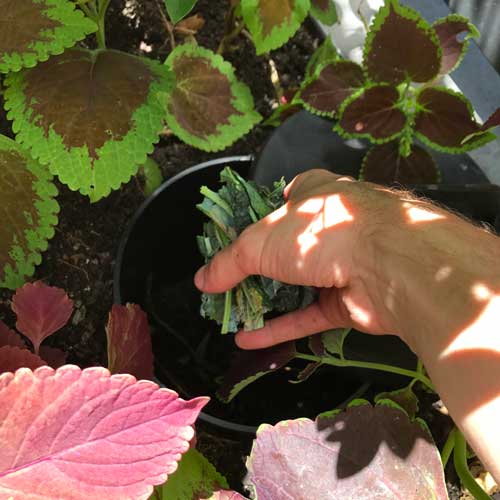
Top 5 worm feeding tips
1. If your worm farm starts to smell, it’s likely that you’re overfeeding them. Stop feeding for a few days and mix the food scraps into the soil and castings. Start feeding once more, waiting until the worms have digested their last meal before feeding again.
2. Make it easier for the worms to digest their food by chopping up food scraps as small as possible.
3. Only feed worms fruit and vegetable scraps, avoiding meat and dairy products, as well as citrus and onion.
4. Keep the worms moist by watering around the area so the soil and the contents is slightly damp.
5. Maintain a neutral pH in your worm farm by sprinkling a teaspoon of Tumbleed Worm Farm and Compost Conditioner each week and mixing it in gently.
Find out more about Worm Feast
